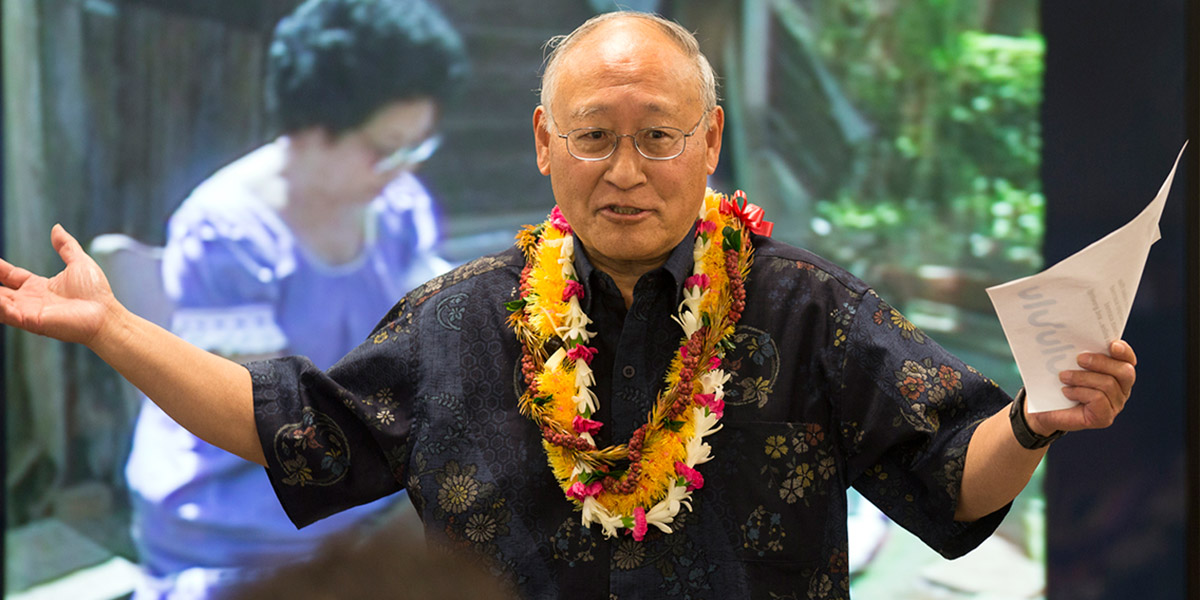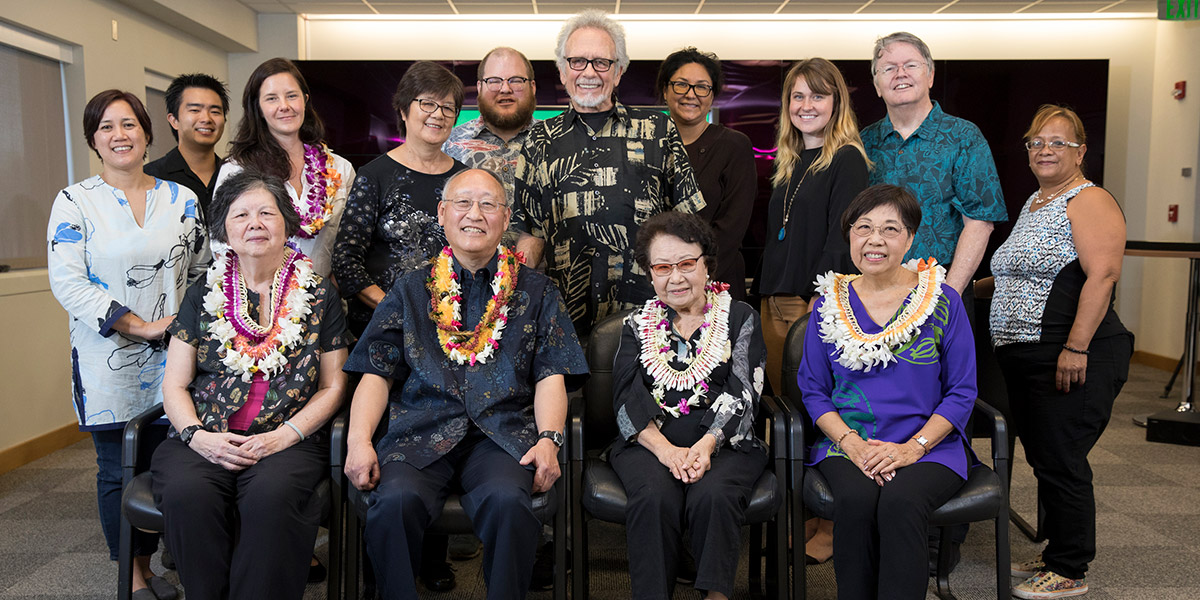She was 58 years old when she earned her bachelor’s degree. She was 62 when she earned her master’s. Along the way, Barbara Kawakami interviewed dozens of Hawai‘i residents about plantation life, gathering enough material for acclaimed books, museum exhibitions, consultation on a movie, and drawers full of recorded conversations for the long-running local TV series “Rice & Roses.”
She is a leading authority on plantation culture in Hawai‘i. Her recent book, “Picture Bride Stories,” is the result of decades of research, captured in videotaped interviews with women who came to the islands from Japan to husbands they’d never met nor spoken to.
Until recently, these recordings have mostly been a memory: still alive but largely inaccessible. They are stored safely at UH West O‘ahu, where the staffs at CLEAR—the Center for Labor Education & Research, who produces “Rice & Roses”—and ‘Ulu‘ulu, the moving image archive of Hawai‘i, work to transfer the recordings to digital media so they might be preserved and shared.
Barbara’s longtime friends Marcia Mau and Frank Moy consider this an important task. “This is a heritage for all Hawai’i’s people,” said Frank.
Significant collection
The value of Barbara’s research reaches far beyond her home state. The Barbara Kawakami Collection at the Japanese American National Museum in Los Angeles is “the most significant collection of Issei (first generation Japanese) immigration and plantation clothing in the world,” according to JANM.
“Barbara told me she had a call from JANM,” said Marcia, “telling her there’s a museum in Switzerland interested in exhibiting a part of the Kawakami Collection.” The exhibit is at the Johann Jacobs Museum in Zurich from February 8 to May 31, 2018.
Frank added, “There’s interest in Japan as well, in some of the Japanese dialects Barbara recorded in her interviews. Many are not in the current language, and these video tapes at CLEAR provide scholars in Japan a chance to study this language. Some of the people she interviewed were a hundred years old, and their language is recorded, and that’s why we have to get this work digitized.”
“She grew up on the plantation and spoke various dialects,” said Marcia. “She was able to break down whatever reluctance the picture brides might have had in talking to her. Because she had a difficult upbringing on the plantation, she could relate to these people.”
Marcia said, “We bought her first book at the Hawaii’s Plantation Village in Waipahu, while visiting family. Someone who worked there said we could call Barbara at her home in Mililani and ask her to sign it.” They met with the author-historian before returning home to Virginia. It was the beginning of a decades-long friendship.
Donations fund digitizing
Marcia and Frank made a gift in 2017 toward starting the film digitizing project. When they returned a year later in January 2018 with a second gift, they were treated to a tour of the digitizing process at ‘Ulu‘ulu. “CLEAR has drawer after drawer after drawer of video tapes,” said Frank. “I’m not sure how quickly or slowly they can do these, so we said okay, we’ll be back next year with another donation. We want them to digitize all the tapes.”
The couple want everyone to see Barbara’s treasures from 30 years ago, “to bring them out of the vault, digitize them, and make them available. There is a whole generation of people who don’t even know these things exist.”
Questions? / More Information
If you would like to learn how you can support UH students and programs like this, please contact us at 808 376-7800 or send us a message.

